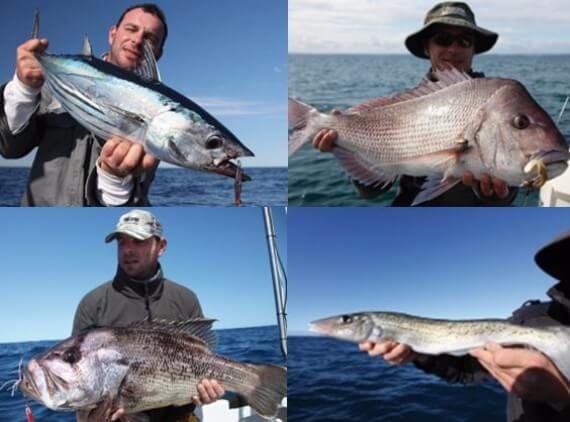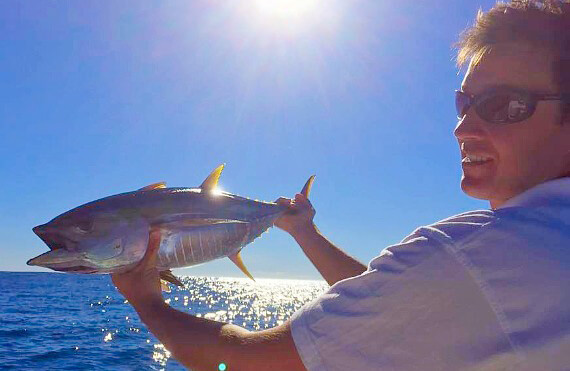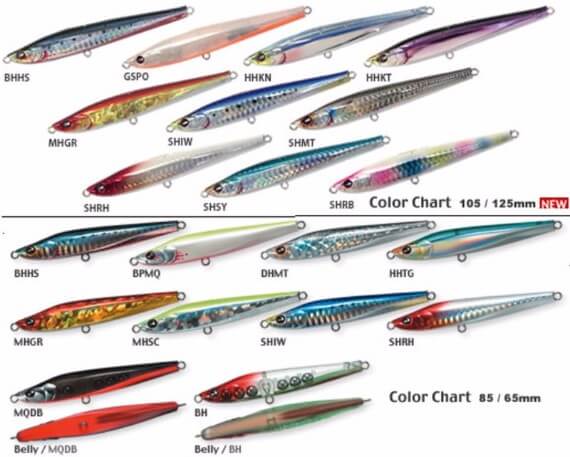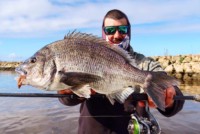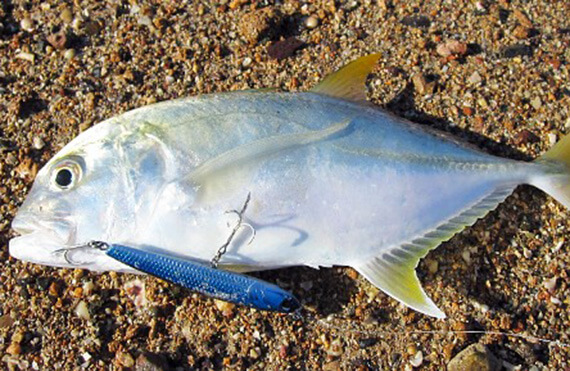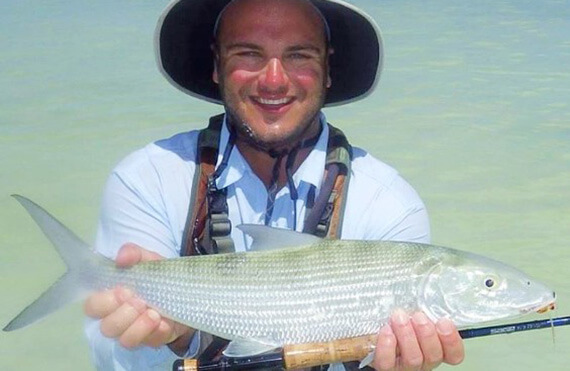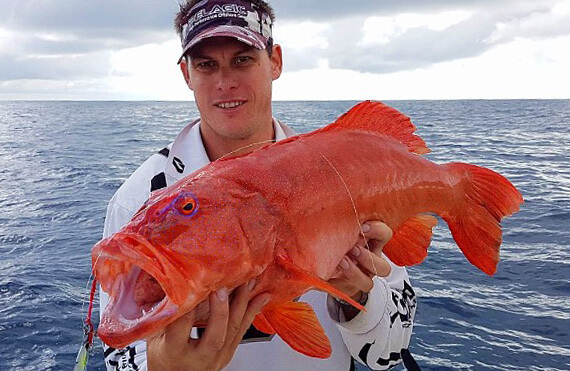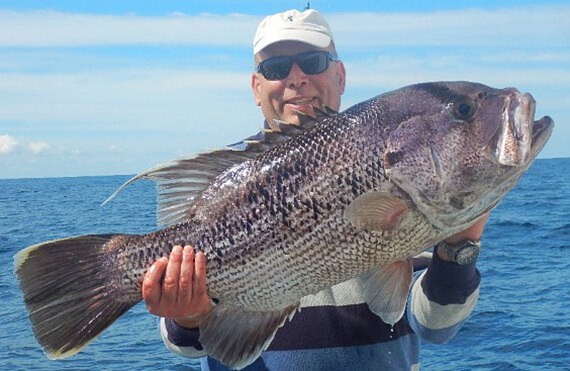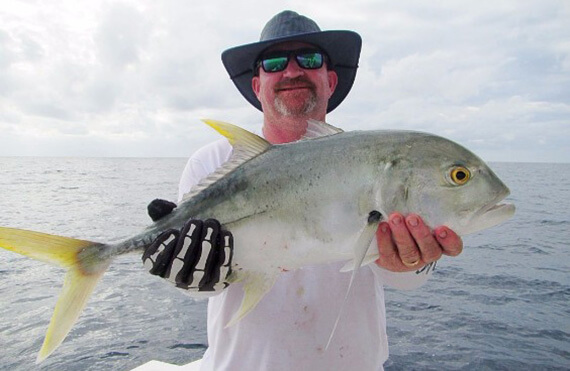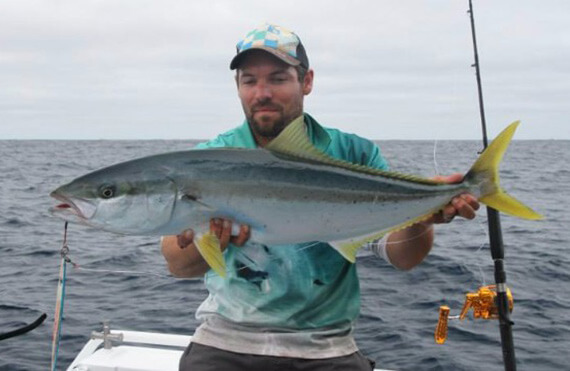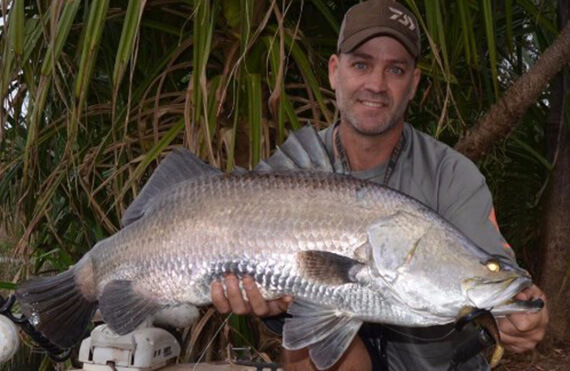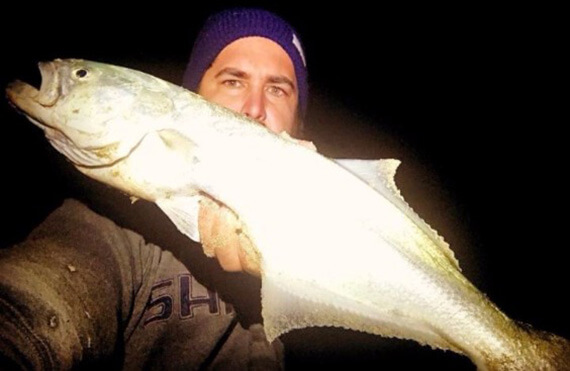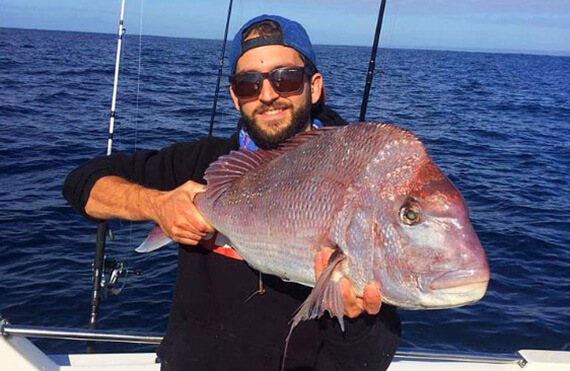Keep your eyes peeled for Recfishwest’s Tip of the week, see below!
Your Fishing Photos
If you want to see yourself or your kids feature in our weekly state-wide Fishing Reports, send your best fishing photos and a description to bronte@recfishwest.org.au
Tip of the week banner images courtesy of Shutterstock Ruggiero Scardigno, Smiltena & Garry L.

In case you missed it: Winter Fishing is Hot!
Winter is a time when some boat owners put the cover over their boat and park it up until the warmer weather arrives again. But for a lucky few it is that time of the year where bags are packed and the trip north to warmer climates is made. Some head up north for a week or two while many more make it a pilgrimage and stay there for the whole season.
Read the full article here.
Exmouth Catches
Picture: Yellowfin tuna, a very popular sashimi fish because of it’s beautiful flavour and texture (Photo courtesy of Ash Hicks).
Boats
Small black marlin continue to be caught in waters wide of Tantabiddi together with sailfish, wahoo, dolphin fish and yellowfin tuna. Spanish mackerel are responding well to bibbed minnows trolled in 15m to 30m of water off the west coast reef. The back of the Muiron Islands and west of the lighthouse area seems to be the best ground for red emperor, rankin cod, robinson sea bream and spangled emperor.
Shore based
Good catches of plump whiting are being had along Town Beach and south of the marina. The accesses on the west side are providing spangled emperor, trevally, queenfish and the occasional bluebone. The incoming tide period seems to be the optimum time to target squid at Learmonth Jetty, the marina and the Tantabiddi boat launching facility.


Photo courtesy of Tacke HQ
Top Water Lures: Stickbaits
Technical Rating: Expert
Top water fishing is at the forefront of exciting salt water sport fishing action and top water lures are varied in there size, weight and form from poppers to stickbaits. Stickbaits come in various functions and all manner of size and weight combinations. Essentially a bibless minnow lure, stickbaits range from floating to suspending and slow sinking to fast sinking. The size and purpose of the lure will determine its properties.
Small stickbaits are often quite light weight and nimble and their action and the way they are fished can be vastly different to large ones. Small stickbaits are at the mercy of the water medium they are in and their small size means the lure cannot create a lot of force on the water to create a drastic action. For this reason small stickbaits rely a lot upon the action imparted on the rod by the angler. Their size means they are generally versatile and responsive to twitches of the rod tip causing an erratic dart, whilst being manageable enough to work for a period of time.
As the lure gets larger and heavier it becomes harder and less effective to work with short, sharp rod jabs and the size of the lure creates a lot more resistance against the water. This is when a long “sweep” action of the rod is used to effectively pull the lure along in the water as it “swims”. The shape of the lures face will cause it to dive, glide or zig-zag, with a classic s-action becoming most desirable for large stick baits.
Stickbaits may be floating or sinking. Generally floating stickbaits are designed to be worked with a sweep, dive and pause action, or a “walk the dog” style with side to side rod strokes paired in sync with regular winding. Smaller floating stickbaits may be worked much the same as small sinking stickbaits with lots of twitches to make the lure dart and dive erratically with no particular action.
Sinking stickbaits are much more variable with different sink weights. Slow sinking and suspending lures can be worked in much the same way as floating lures with a sweep and pause or a constant slow to medium retrieve with rod strokes/twitches. They may also be allowed to sink to a desired depth if needed with lengthy pauses or may be worked constantly over shallow ground etc. to keep the lure top water.
Fast sinking stickbaits may have a variety of purposes but generally the extra weight is either to fish deep or to cast far. The more weight that is added to a lure, the less reactive and nimble it becomes, succumbing rather to falling than the other forces on the lure trying to make it swim with any action. For this reason, fast sinking stickbaits are generally used with a fast retrieve sub surface and used to cover ground quickly with long casts. Secondarily, fast sinkers are allowed to sink and cover the whole water column or used to combat heavy current. Sometimes large fish are feeding on small bait and a small, heavy lure is needed to cast on heavy tackle, other instances might be casting from shore where a long cast is needed to reach deeper waters.
Whatever the fishing scenario, there is a stickbait to suit the situation so give them all a go.


